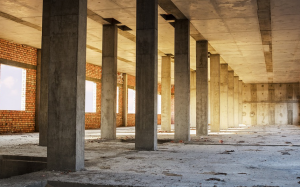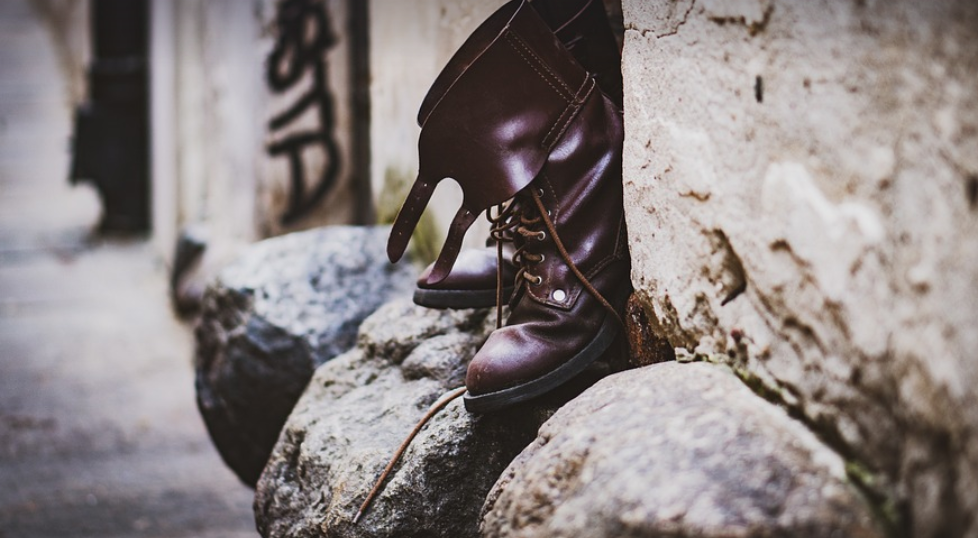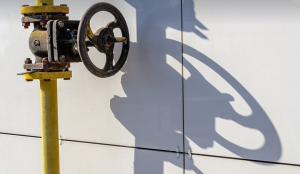Get Ready for Creative Quilting Adventures
Crafting quilts is an art form that blends creativity, technique, and a little bit of magic. And what better way to unleash your artistic potential than with a dedicated design board? Imagine it as your personal canvas where you can visualize your quilt’s beauty before even touching a needle. This blog post dives into the world of quilting design boards – those helpful tools that can elevate your quilting game to new heights.
Creating a design board is more than just a pretty picture; it’s a strategic planning tool for any quilter, especially ambitious projects. It helps you think through your quilt’s overall vision, visualize the layout, and even inspire creative choices about fabric selection or quilting patterns.
Why do you need a design board? There’s a lot to unpack here.
1. Clarity is Key: Visualize Your Dream Quilt
Designing a quilt before starting can save frustration down the line. A design board lets you see your quilt as it would be, understand its dimensions and how blocks will fit together. You’ll have a clear picture of what your finished product should look like. This visual anticipation helps reduce stress later in the process, especially when dealing with intricate designs or multiple fabrics.
2. Fabric Choices: A Symphony of Colors
Fabric is the heart and soul of any quilt, and choosing the right ones can elevate your design’s beauty. Your design board provides a platform for exploring different fabric options. Experimenting with color combinations, textures, and patterns on your board helps you identify those perfect fabrics that will bring your quilt to life.
3. Layout and Block Harmony: Bringing Order to the Chaos
Quilting design boards are essential for visualizing block arrangements before sewing begins. It’s an opportunity to play with different layouts, try out patterns, and see how your blocks will flow together. This visual planning helps in arranging your quilt pieces in a cohesive way to ensure a balanced and aesthetically pleasing final product.
4. Inspiration on Demand: Creative Spark for Quilters
Quilt design boards are ideal for getting those creative juices flowing! As you plan, explore different patterns, or even just doodle freehand ideas, your board becomes a source of inspiration. This visual exploration fuels the creativity and helps you find new ways to express your quilting style.
5. A Second Pair of Eyes: Getting Feedback on Design
Having someone else’s eyes on your design can be invaluable, especially for large or intricate quilts. A design board lets others see your vision and offer feedback that could help refine the final product. It fosters collaboration and brings fresh perspectives to your quilting journey.
6. Efficiency in Practice: Preparing for Sewing Time
A well-developed design board makes sewing a breeze! Imagine having all your pieces laid out, ready to be sewn with ease. Your design board acts as a guide for making pattern adjustments, fabric cuts, and accurate stitching. This saves countless hours of backtracking later on.
7. The Artful Journey: Embracing the Quilting Process
Your design board is more than just a static image; it’s an evolving canvas that captures your quilting journey. As you progress, add notes, make adjustments, or even change patterns based on your inspiration. This living document allows you to track your creative evolution and cherish every step of the process.
8. A Lasting Legacy: Preserving Your Quilt Dreams
Your design board is more than just a tool; it’s a record of your quilting journey, capturing your vision and inspiration. It can be an invaluable reference point when you decide to revisit your quilt or pass on the passion for generations.
Get Started: Crafting Your Quilt Canvas
Creating a design board is an easy and rewarding process that can bring your quilting dreams to life! Here’s how to get started:
- **Gather Supplies:** A sturdy canvas, a whiteboard, colored paper, pins, fabric samples, and a ruler are essential.
- **Choose a Theme:** What kind of quilt do you envision? Modern geometric patterns, traditional floral designs, or even abstract landscapes – the possibilities are endless!
- **Sketch Your Vision:** Begin by sketching your quilt’s overall design. Consider using basic shapes to represent the blocks and explore different layouts before committing to a single design.
- **Plan for Fabric Choices:** Gather fabric samples that reflect your chosen color palette, texture, and pattern. Play with different combinations to find those perfect fabrics that will bring your quilt to life.
- **Experiment with Layout:** Arrange your blocks on the board, play around with different patterns, or even simply use a grid to visualize how they will fit together.
- **Create a Visual Symphony:** Add other elements to your design board like ribbons, buttons, beads, and even small pieces of fabric that capture your artistic vision.
- **Be Creative: Embrace the Journey:** Your design board is purely your own. Don’t be afraid to explore different techniques, experiment with colors and textures, and let your creativity flow freely on your canvas of inspiration.
Remember, a design board is not just about creating beautiful quilts; it’s a journey of creative exploration and self-expression. Enjoy the process! You’re in for a delightful adventure in quilting.












